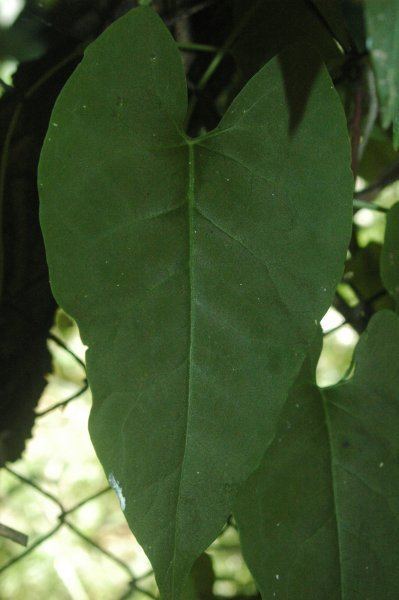Kingdom Plantae Genus Fallopia Higher classification Fallopia Order Caryophyllales | Family Polygonaceae Scientific name Fallopia multiflora Rank Species | |
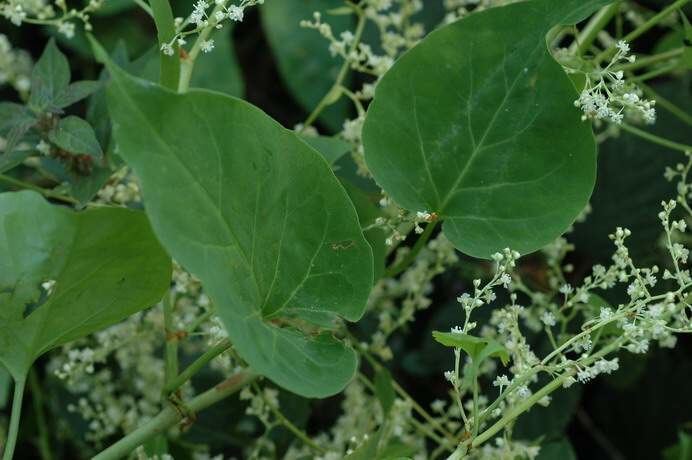 | ||
Similar Rehmannia glutinosa, Female ginseng, Cynanchum bungei, Milkvetch, Knotweed | ||
Growing go ti chinese knotweed fallopia multiflora he shou wu a cure for old age
Fallopia multiflora is a synonym for Reynoutria multiflora also called tuber fleeceflower, Chinese knotweed, and heshouwu (HSW, Chinese: 何首乌; pinyin: héshǒuwū; Wade–Giles: he-shou-wu), is a species of flowering plant in the buckwheat family Polygonaceae. It is native to central and southern China.
Contents
- Growing go ti chinese knotweed fallopia multiflora he shou wu a cure for old age
- Medical vocabulary what does fallopia multiflora mean
- Description
- Traditional medicine
- Toxicity
- Medical Use
- References

Medical vocabulary what does fallopia multiflora mean
Description
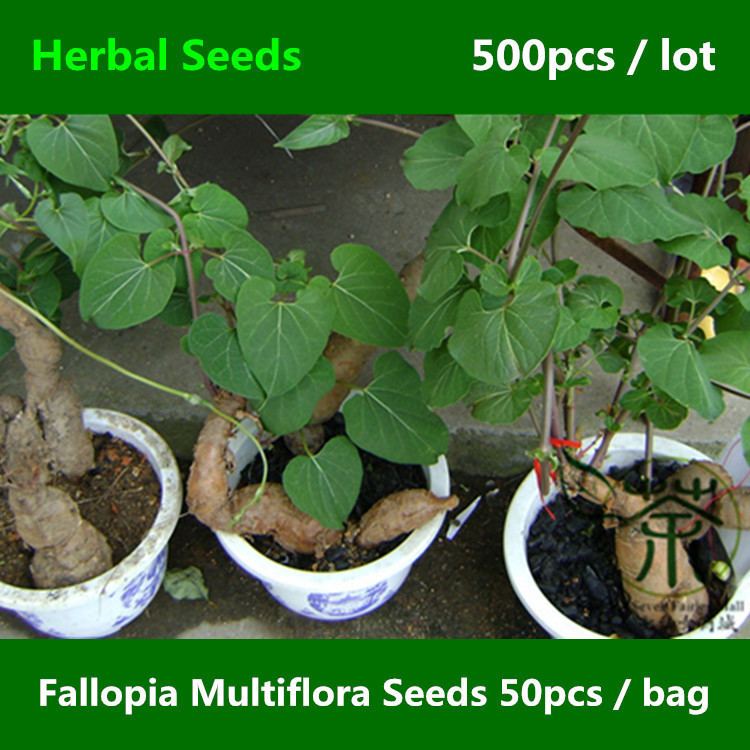
F. multiflora is a herbaceous perennial vine growing to 2–4 m (6 ft 7 in–13 ft 1 in) tall from a woody tuber. The leaves are 3–7 cm (1.2–2.8 in) long and 2–5 cm (0.79–1.97 in) broad, broad arrowhead-shaped, with an entire margin. The flowers are 6–7 mm (0.24–0.28 in) diameter, white or greenish-white, produced on short, dense panicles up to 10–20 cm (3.9–7.9 in) long in summer to mid autumn. The fruit is an achene 2.5–3 mm (0.098–0.118 in) long.
Another name for F. multiflora is fo-ti.
Traditional medicine
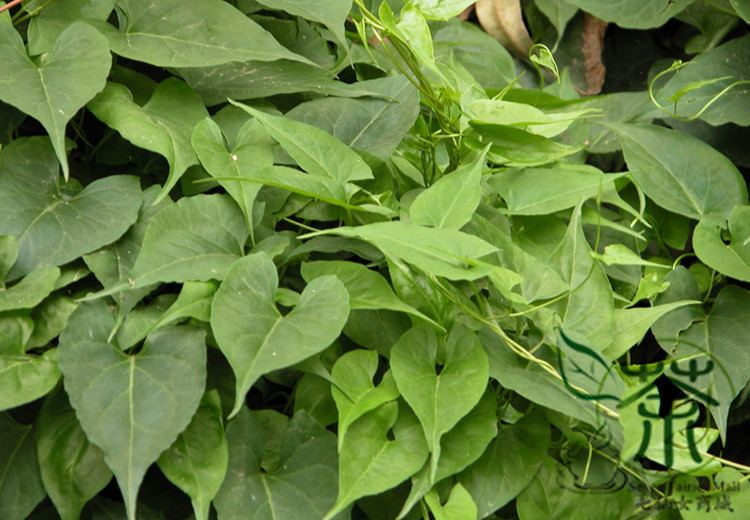
F. multiflora is used in traditional Chinese medicine as a tonic and an anti-aging remedy. There is insufficient scientific evidence to determine its effectiveness for any treatment.
Toxicity
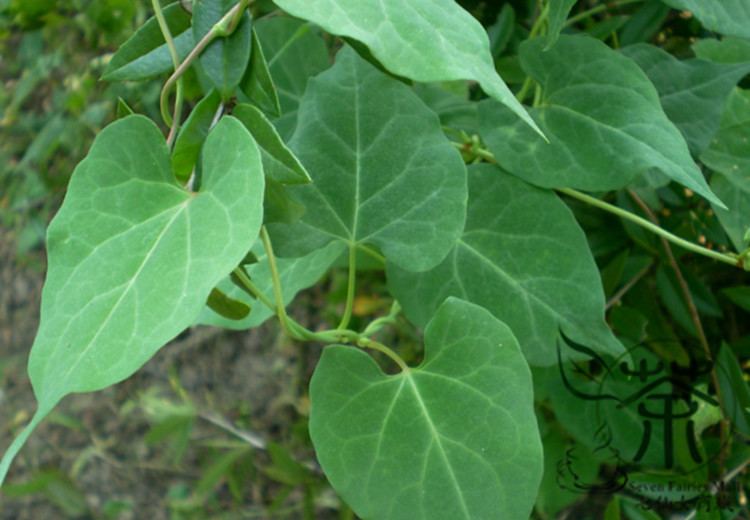
F. multiflora is hepatotoxic. It is believed that this is due to the chemical constituents 2,3,4',5-tetrahydroxystilbene 2-O-β-D-glucoside (THSG) and emodin. It has an LD50 of over 100 g/kg in mice. Processed material is considered safer than raw. Overconsumption can lead to liver damage, liver failure, or toxicity-induced hepatitis.Its extract contains a stilbene glycoside.
Medical Use
Several research have suggest the extract of Polygonum multiflorum have the promotion effect on hair growth.
